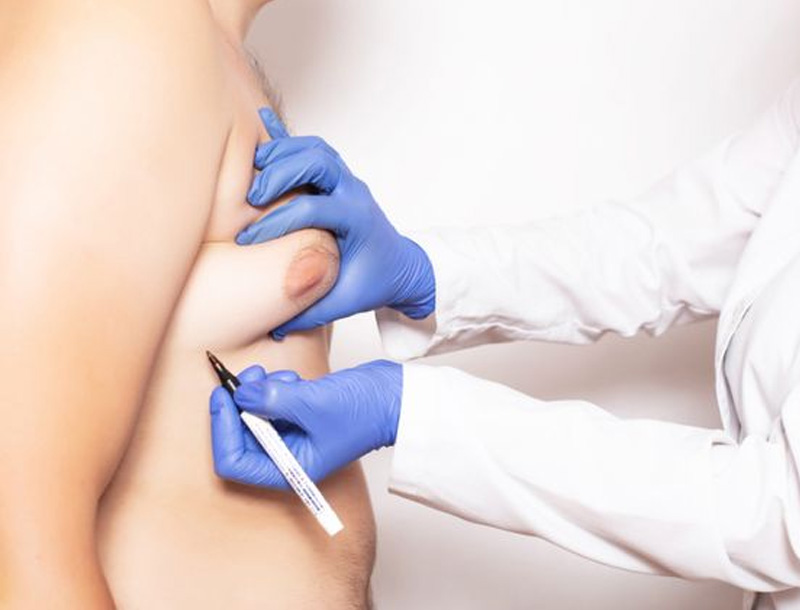Paediatric First Aid Course: A Must for Childcare & School Professionals
Every second counts when a child’s health is at risk, and knowing what to do in an emergency can make all the difference. Whether it’s a playground accident or a sudden illness, your ability to respond swiftly and effectively could save a life. For childcare and school professionals, this level of preparedness is essential.
A paediatric first aid course equips you with the skills and confidence to handle emergencies with care and precision. From managing choking incidents to performing CPR, these courses are tailored to the unique needs of children. By investing in this training, you’re not only meeting professional requirements but also ensuring the safety and well-being of the children under your care.
Overview Of Paediatric First Aid Courses
Paediatric first aid courses equip you with the knowledge to handle emergencies impacting children’s health. These courses are designed to address specific challenges in childcare and educational environments.
Importance For Childcare & School Professionals
Your role places you at the forefront of children’s safety, making these skills essential. Knowing how to respond to choking, allergic reactions, or cardiac arrest can mean the difference between minor incidents and severe outcomes. These courses help you develop confidence to act decisively when every second matters, ensuring children’s well-being during emergencies.
Legal And Safety Requirements
Childcare and education sectors hold you to high standards of care. Many jurisdictions mandate paediatric first aid training for meeting safety regulations. Compliance ensures you not only follow the law but also maintain a secure environment. Accredited courses align with local requirements and provide certifications, reinforcing safety standards in your workplace.
Key Features Of The Course
This course equips you to respond confidently to emergencies involving children. Practical training and tailored topics ensure you gain essential skills and remain prepared for any situation.
Essential Topics Covered
Courses frequently include crucial areas like choking, CPR techniques, and recognising allergic reactions. You’ll also explore managing bleeding, burns, shock, and head injuries. Topics might extend to heatstroke, hypothermia, and assessing consciousness. These align with situations childcare professionals often face daily, offering insight into specific risks and response strategies.
Duration And Format
Course durations typically span 6 to 12 hours, divided over one or two days. Flexible formats can include in-person sessions, blended learning, or online components combined with practical assessments. Training sessions encourage active participation, where hands-on learning strengthens understanding and retention of life-saving actions.
Certification And Accreditation
Accredited certification validates your skills and meets legal childcare requirements. Certificates often remain valid for three years, reflecting recognised emergency response standards. Awarding bodies like Ofqual or other nationally regulated providers ensure compliance with industry guidelines. Completing certified courses boosts employers’ confidence and strengthens your professional credentials.
Benefits Of Taking The Course
A paediatric first aid course offers critical advantages for childcare and school professionals, arming you with essential skills and knowledge. These benefits extend far beyond meeting workplace requirements, focusing on safeguarding children effectively.
Enhancing Child Safety
Your primary role revolves around ensuring children’s well-being. This course equips you to prevent minor incidents from escalating and address emergencies quickly. From recognising the early signs of an allergic reaction to effectively managing choking or burns, you’ll strengthen your ability to keep children secure. A prepared professional reduces response time and increases the chances of positive outcomes in critical moments.
Building Professional Expertise
The training adds layers of valuable expertise to your professional skillset. You gain practical experience with CPR, handling head injuries, and managing bleeding – all tailored to scenarios you’ll likely encounter. This comprehensive approach not only meets legal standards but models excellence in childcare. Updated and certified knowledge demonstrates your dedication to safety, an attribute parents and employers highly value.
Boosting Confidence In Emergency Situations
Preparedness transforms hesitation into competence under pressure. With hands-on practice, you’ll learn to act decisively in stressful situations, whether it’s a serious fall or a sudden asthma episode. Confidence in your abilities ensures you’re not only equipped to act effectively but also to reassure others. Each scenario mastered during the course helps remove uncertainty, empowering you to lead during emergencies.
Choosing The Right Course Provider
The right training provider shapes your learning experience and outcome. Your choice will impact the quality of skills you acquire and how effectively you can apply them in emergencies.
Factors To Consider
Start with accreditations. A provider backed by recognised organisations like Ofqual or the Resuscitation Council ensures credibility. Verify if their courses meet regulatory standards for childcare and education roles. Course structure matters too. Do they offer flexibility with in-person sessions, online modules, or blended formats? Think about your schedule and learning style. Trainer expertise is crucial. Are instructors qualified with hands-on experience in paediatrics or emergency response? Reviews can reveal the provider’s reliability. Look at testimonials from professionals in your field to assess value.
Comparing Course Options
Look at the content. Does it comprehensively address paediatric emergencies, from CPR to managing allergies? Assess classroom equipment. Providers using child manikins for practice might offer better preparation. Compare course lengths. Some are condensed for efficiency, while others are longer with deeper focus. Certification validity might vary, generally three years, but it’s worth checking. Costs shouldn’t be ignored. A cheaper option might skimp on quality, while a premium provider could include extras like renewal reminders. Ask about post-course support. Providers who offer ongoing access to resources or advice after training enrich your learning even further.
Last Thoughts
Completing a paediatric first aid course is an invaluable step in ensuring you’re equipped to handle emergencies with confidence and professionalism. It reflects your dedication to fostering a safe environment for children while meeting legal and workplace expectations.
By investing in high-quality training, you not only enhance your skills but also strengthen trust with parents, colleagues, and employers. Choosing the right course provider ensures you gain the expertise needed to respond effectively in critical moments. This commitment to preparedness empowers you to make a lasting impact on children’s safety and well-being, reinforcing your role as a trusted childcare or school professional.







